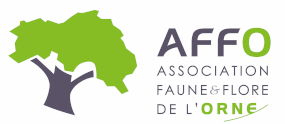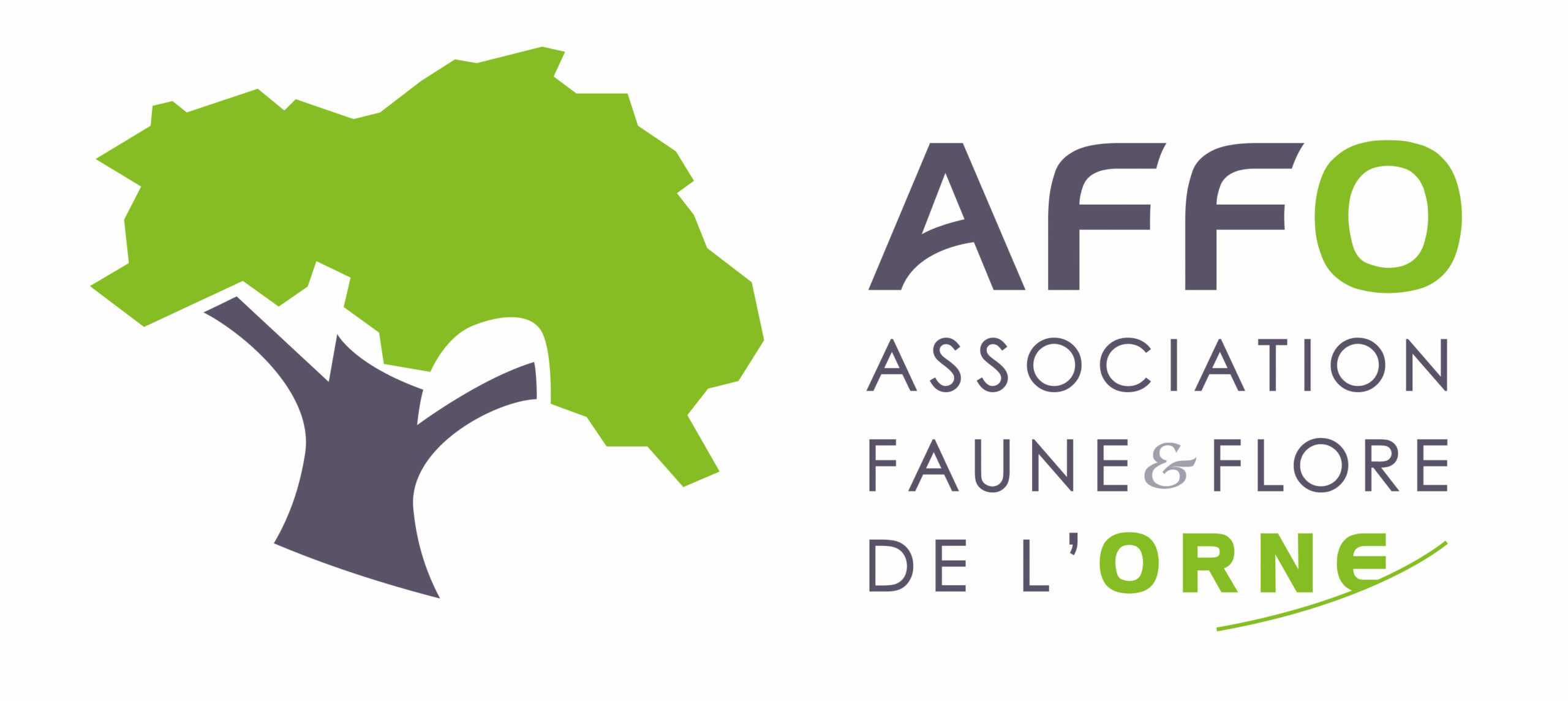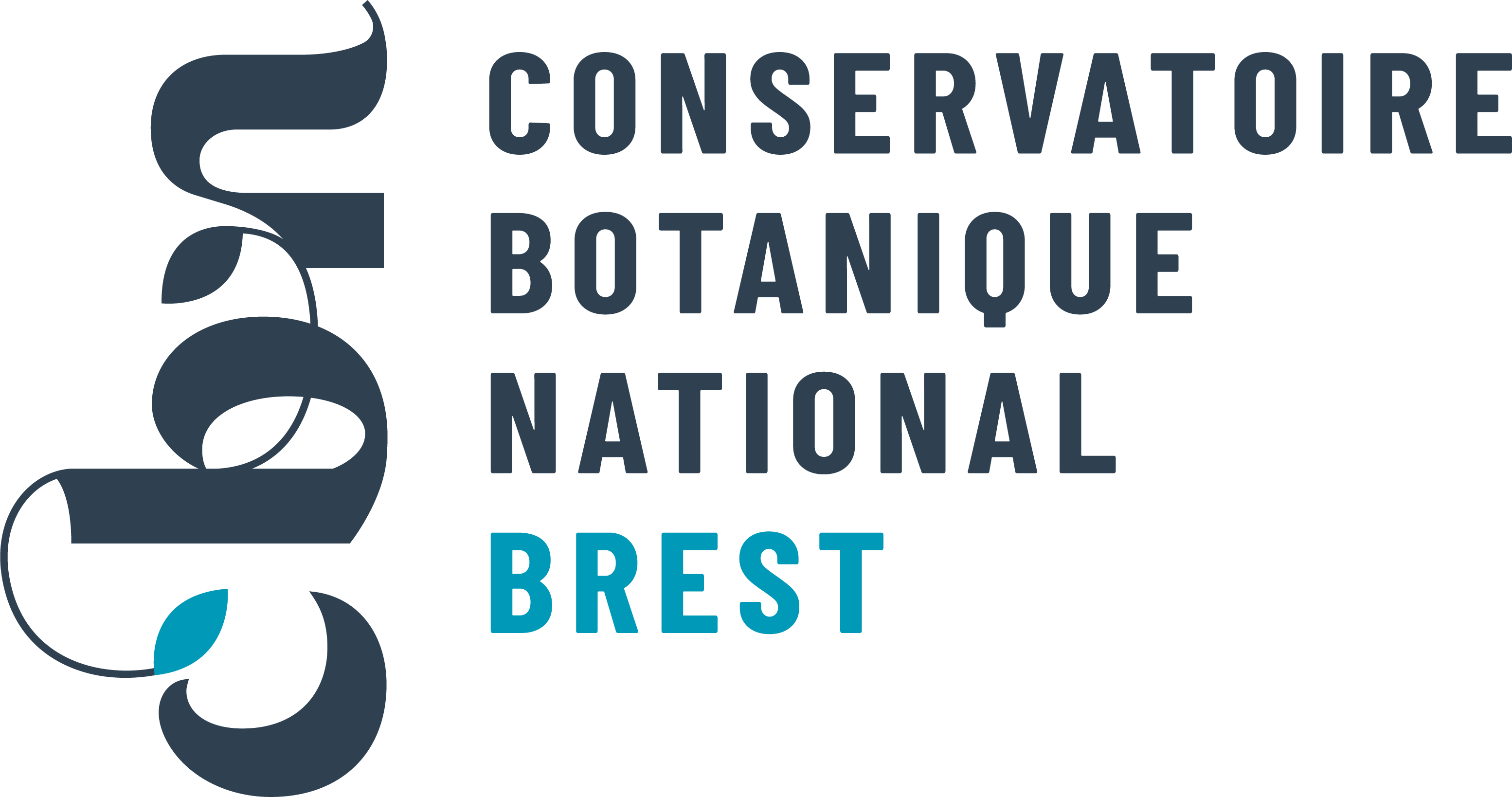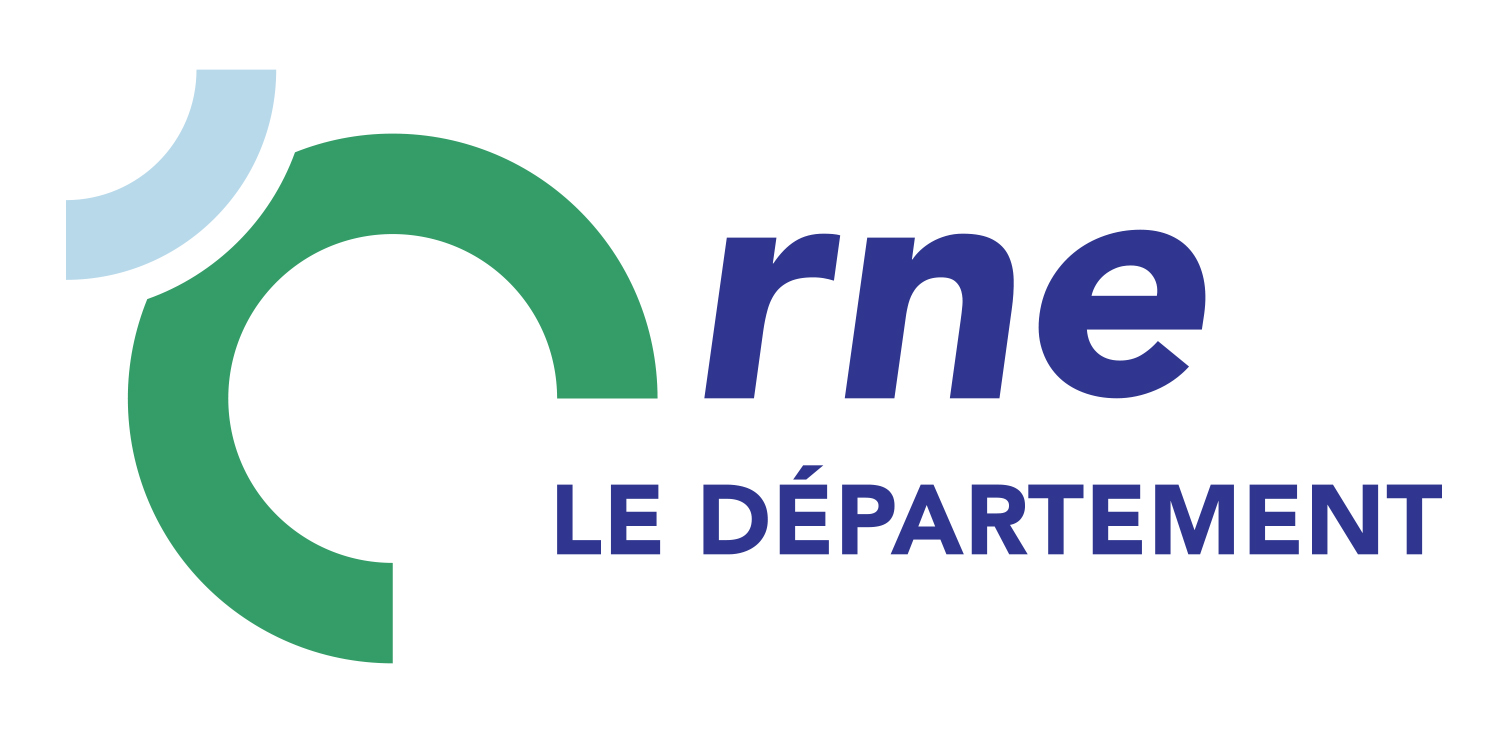Dryoptéride des Chartreux
Dryopteris carthusiana (Vill.) H.P.Fuchs, 1959
Où cette espèce a-t-elle été observée ?
 Attention : cette espèce peut être présente où il n’y a pas de maille, mais à ce jour elle n’y a pas encore été observée.
Attention : cette espèce peut être présente où il n’y a pas de maille, mais à ce jour elle n’y a pas encore été observée.
- 648 observations
-
98
communes -
58
observateurs
11
organismes -
Première observation
1900 -
Dernière observation
2025
Arcisses - Argenvilliers - Authon-du-Perche - Bazoches-sur-Hoëne - Beaulieu - Beaumont-les-Autels - Belforêt-en-Perche - Belhomert-Guéhouville - Bellavilliers - Bellou-le-Trichard - Berd'huis - Béthonvilliers - Bizou - Bonsmoulins - Bretoncelles - Champeaux-sur-Sarthe - Champrond-en-Perchet - Chapelle-Guillaume - Charbonnières - Charencey - Chassant - Combres - Corbon - Coudray-au-Perche - Cour-Maugis sur Huisne - Crulai - Dame-Marie - Digny - Feings - Fontaine-Simon - Happonvilliers - Igé - Irai - La Bazoche-Gouet - La Chapelle-Fortin - La Chapelle-Montligeon - La Croix-du-Perche - La Ferté-Vidame - La Framboisière - La Madeleine-Bouvet - Lamblore - La Puisaye - La Ventrouze - Le Mage - Le Pas-Saint-l'Homer - Les Aspres - Les Corvées-les-Yys - Les Genettes - Les Ressuintes - L'Hôme-Chamondot - Longny les Villages - Luigny - Manou - Marolles-les-Buis - Mauves-sur-Huisne - Miermaigne - Montireau - Montlandon - Mortagne-au-Perche - Moulhard - Moutiers-au-Perche - Nogent-le-Rotrou - Nonvilliers-Grandhoux - Parfondeval - Perche en Nocé - Rémalard en Perche - Réveillon - Rohaire - Sablons sur Huisne - Saint-Aquilin-de-Corbion - Saint-Bomer - Saint-Cyr-la-Rosière - Saint-Denis-sur-Huisne - Sainte-Céronne-lès-Mortagne - Saint-Éliph - Saint-Germain-de-la-Coudre - Saint-Germain-de-Martigny - Saint-Germain-des-Grois - Saint-Hilaire-le-Châtel - Saintigny - Saint-Jouin-de-Blavou - Saint-Mard-de-Réno - Saint-Martin-des-Pézerits - Saint-Martin-du-Vieux-Bellême - Saint-Maurice-Saint-Germain - Saint-Ouen-de-Sécherouvre - Saint-Quentin-de-Blavou - Saint-Victor-de-Buthon - Senonches - Soligny-la-Trappe - Souancé-au-Perche - Thiron-Gardais - Tourouvre au Perche - Val-au-Perche - Vaunoise - Vaupillon - Vichères - Villiers-sous-Mortagne
-
Association Faune & Flore de l'Orne (AFFO)
Participation à 415 Observations
Part d'aide à la prospection : 64.04 %
Fiche organisme
-
Conservatoire Botanique National de Brest (CBNB)
Participation à 123 Observations
Part d'aide à la prospection : 18.98 %
Fiche organisme
-
Conservatoire botanique national du Bassin parisien (CBNBP)
Participation à 118 Observations
Part d'aide à la prospection : 18.21 %
Fiche organisme
-
PNR et géoparc mondial UNESCO Normandie-Maine
Participation à 103 Observations
Part d'aide à la prospection : 15.90 %
Fiche organisme
-
Institut national de l'information géographique et forestière (IGN)
Participation à 33 Observations
Part d'aide à la prospection : 5.09 %
Fiche organisme
-
Conseil départemental de l'Orne (bureau ENS)
Participation à 11 Observations
Part d'aide à la prospection : 1.70 %
Fiche organisme
-
Institut floristique franco-belge (IFFB)
Participation à 9 Observations
Part d'aide à la prospection : 1.39 %
Fiche organisme
-
Ministère de la Transition écologique et de la Cohésion des territoires
Participation à 6 Observations
Part d'aide à la prospection : 0.93 %
Fiche organisme
-
UMS PatriNat (OFB-CNRS-MNHN)
Participation à 6 Observations
Part d'aide à la prospection : 0.93 %
Fiche organisme
-
Office national des forêts (ONF)
Participation à 1 Observation
Part d'aide à la prospection : 0.15 %
Fiche organisme
Informations espèce
G1.22311 : Illyrian snow-flake ash-oak forests
G1.4115 : Eastern Carpathian Alnus glutinosa swamp woods
G1.412 : Aulnaies marécageuses oligotrophes
G1.A4114 : Forêts de ravin à Frêne, Érable sycomore et Barbe-de-bouc
G3.135 : Bazzania fir forests
G3.313 : Pinèdes de Pin à crochets à Rhododendron des Pyrénées
G3.A22 : Tall fern western spruce taiga
G3.D51 : Boreal fern spruce swamp woods
Répartition actuelle en France métropolitaine
© INPN - Avertissement : les données visualisables reflètent l'état d'avancement des connaissances et/ou la disponibilité des données existantes au niveau national : elles ne peuvent en aucun cas être considérées comme exhaustives.
Répartition actuelle dans le monde
Avertissement : les données visualisables reflètent l'état d'avancement des connaissances et/ou la disponibilité des données existantes au niveau mondial : elles ne peuvent en aucun cas être considérées comme exhaustives.













